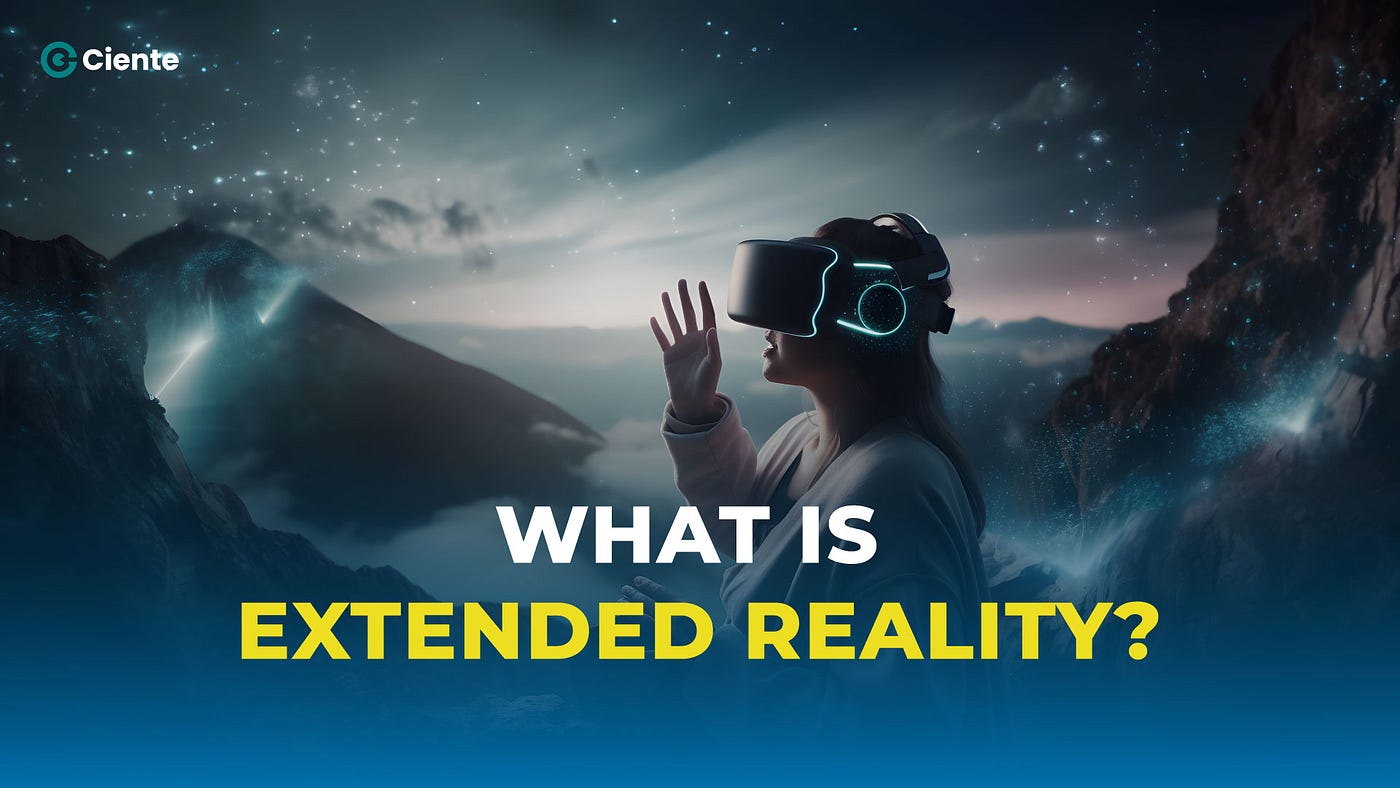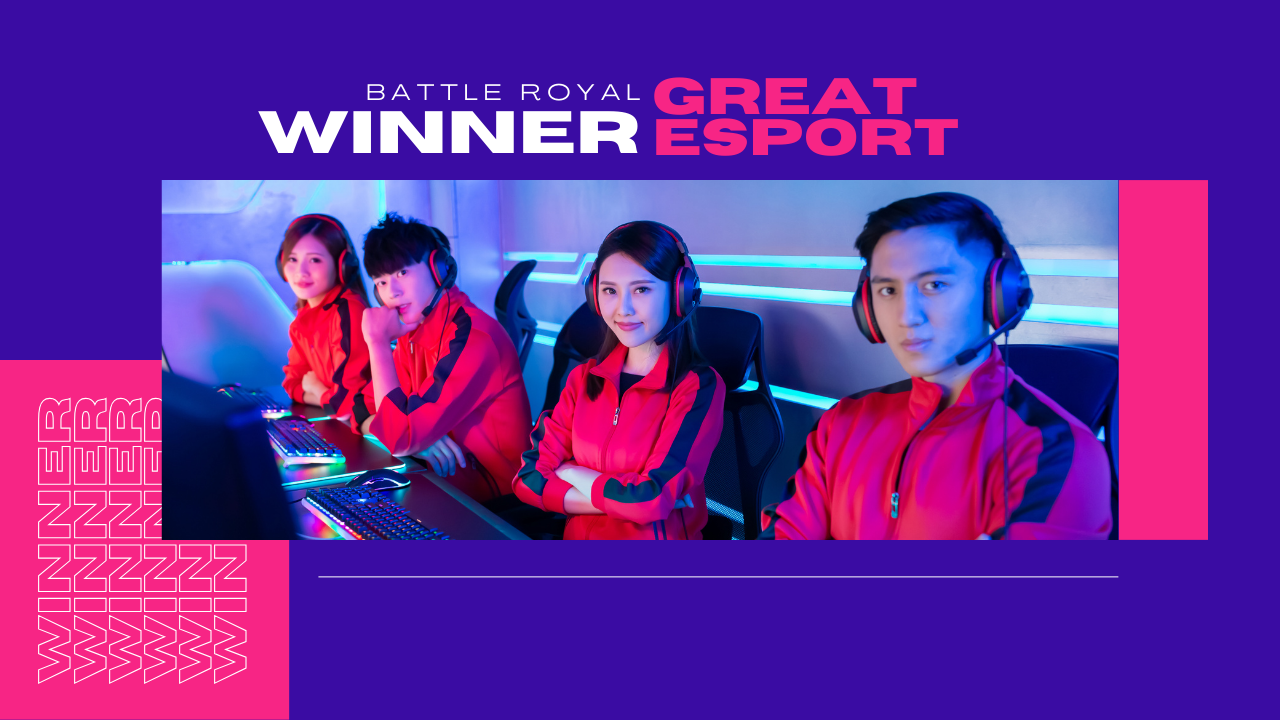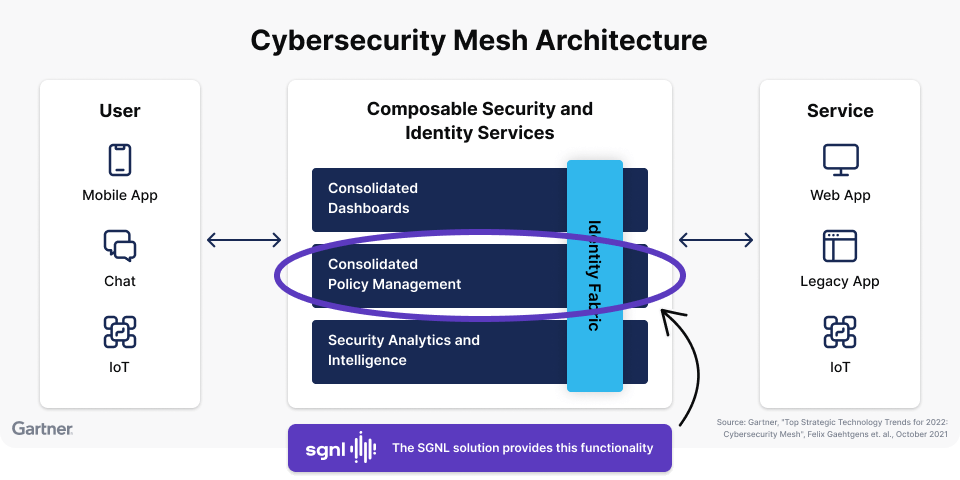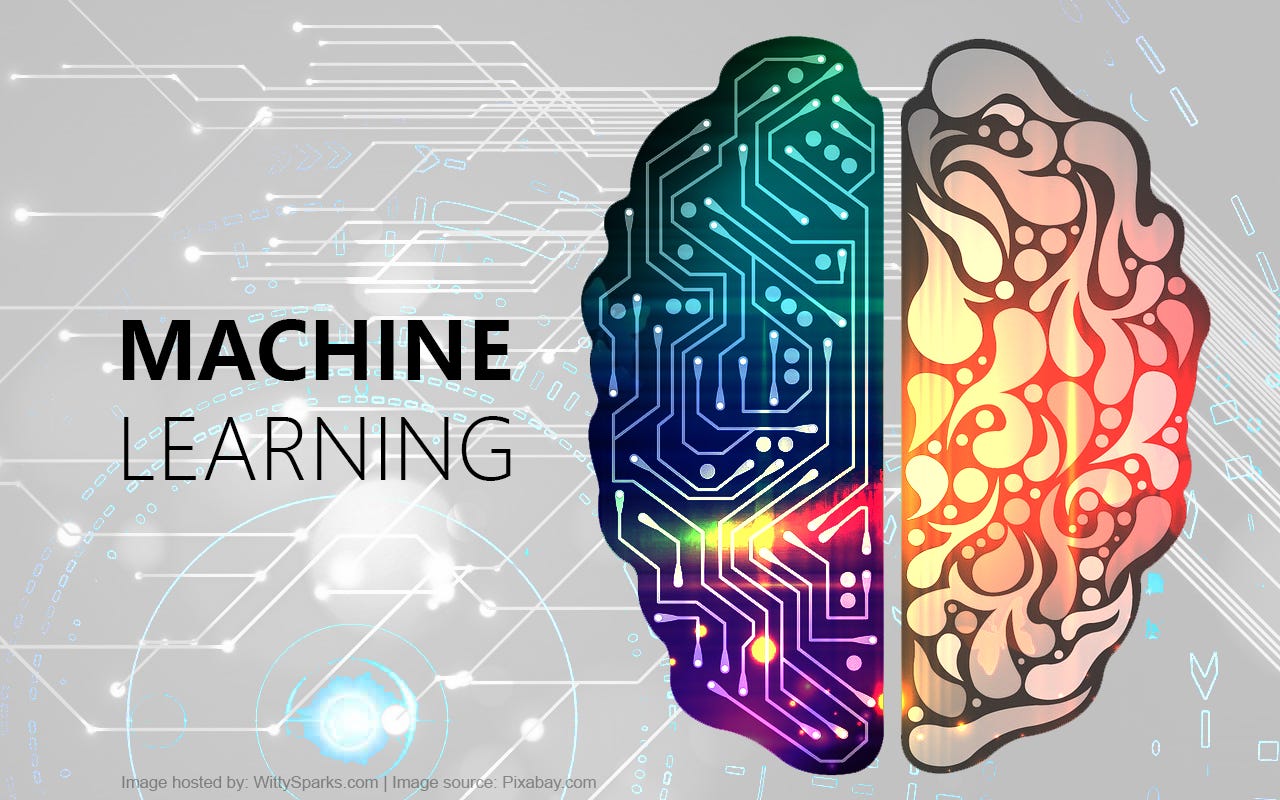Towven.com – The realm of technology is constantly pushing the boundaries of human experience.
Extended reality (XR) emerges as a transformative concept that merges the physical and digital worlds, creating captivating and immersive environments.
XR encompasses a spectrum of technologies, including virtual reality (VR), augmented reality (AR), and mixed reality (MR), all aimed at altering how we perceive and interact with the world around us.
This article delves into the captivating world of extended reality (XR), exploring its core components, the diverse applications it offers, and the potential it holds for transforming various aspects of our lives.
Beyond Screens: Unveiling the Core Components of Extended Reality (XR)
Extended reality (XR) is not a singular technology; it’s an umbrella term encompassing various approaches to manipulating reality:
-
Virtual Reality (VR): VR immerses users in a completely computer-generated environment. Users wear headsets equipped with screens that provide a 360-degree visual experience, often accompanied by spatial audio for a truly immersive effect. VR allows users to explore virtual worlds, interact with virtual objects, and participate in simulated experiences.
-
Augmented Reality (AR): AR overlays digital elements onto the real world. Users typically experience AR through smartphones or tablets with cameras that can recognize their surroundings. These devices superimpose digital objects, information, or characters onto the real-world view, creating an interactive and blended experience.
-
Mixed Reality (MR): MR combines elements of both VR and AR. It creates a real-world environment where virtual objects are anchored and can interact with the physical world. Users can not only see and hear these virtual objects but also manipulate them using specialized hardware like headsets or gloves.
These core components of extended reality (XR) offer a spectrum of possibilities for how we interact with technology and experience the world around us.
A World of Possibilities: Exploring the Diverse Applications of Extended Reality (XR)
Extended reality (XR) is not confined to science fiction; it offers a multitude of applications across various sectors:
-
Gaming and Entertainment: XR is revolutionizing the gaming industry, offering immersive experiences that transport players into fantastical worlds. It also holds potential for interactive storytelling, virtual concerts, and other forms of entertainment.
-
Education and Training: XR can create engaging and interactive learning experiences for students of all ages. Imagine dissecting a virtual frog in biology class or exploring historical landmarks in a VR simulation.
-
Design and Prototyping: XR allows designers and architects to visualize and interact with 3D models in a virtual environment. This facilitates collaboration, identifies potential issues early in the design process, and streamlines product development.
-
Healthcare: XR can be used for surgical training, patient rehabilitation, and phobia treatment. Surgeons can practice complex procedures in a virtual environment, and patients can undergo therapy for phobias like fear of heights in a safe VR setting.
-
Retail and E-commerce: AR allows customers to virtually try on clothes, visualize furniture placement in their homes, or explore product details in an interactive way. This can enhance the online shopping experience and lead to increased customer satisfaction.
-
Travel and Tourism: XR can enable virtual tours of exotic locations, allowing potential travelers to explore destinations before booking a trip. It can also provide augmented reality information overlays on physical locations, enhancing the travel experience.
-
Engineering and Manufacturing: XR can be used for remote collaboration on complex projects, allowing engineers to visualize and interact with 3D models from different locations. It can also facilitate maintenance and repair tasks with step-by-step AR instructions.
These are just a few examples of the diverse applications of extended reality (XR).
As XR technology continues to evolve and become more affordable, we can expect even more innovative applications to emerge in the years to come.
Beyond the Hype: Challenges and Considerations for Extended Reality (XR)
While extended reality (XR) offers immense potential, there are some challenges and considerations to address:
-
Cost and Accessibility: VR headsets and other XR hardware can be expensive, limiting accessibility for some users. As the technology matures, we can expect costs to decrease and accessibility to increase.
-
Content Creation: Developing high-quality XR content is a complex and time-consuming process. The industry requires robust content creation tools and workflows to meet the growing demand for engaging XR experiences.
-
Health and Safety Concerns: The prolonged use of VR headsets can lead to issues like eye strain, dizziness, and motion sickness.



